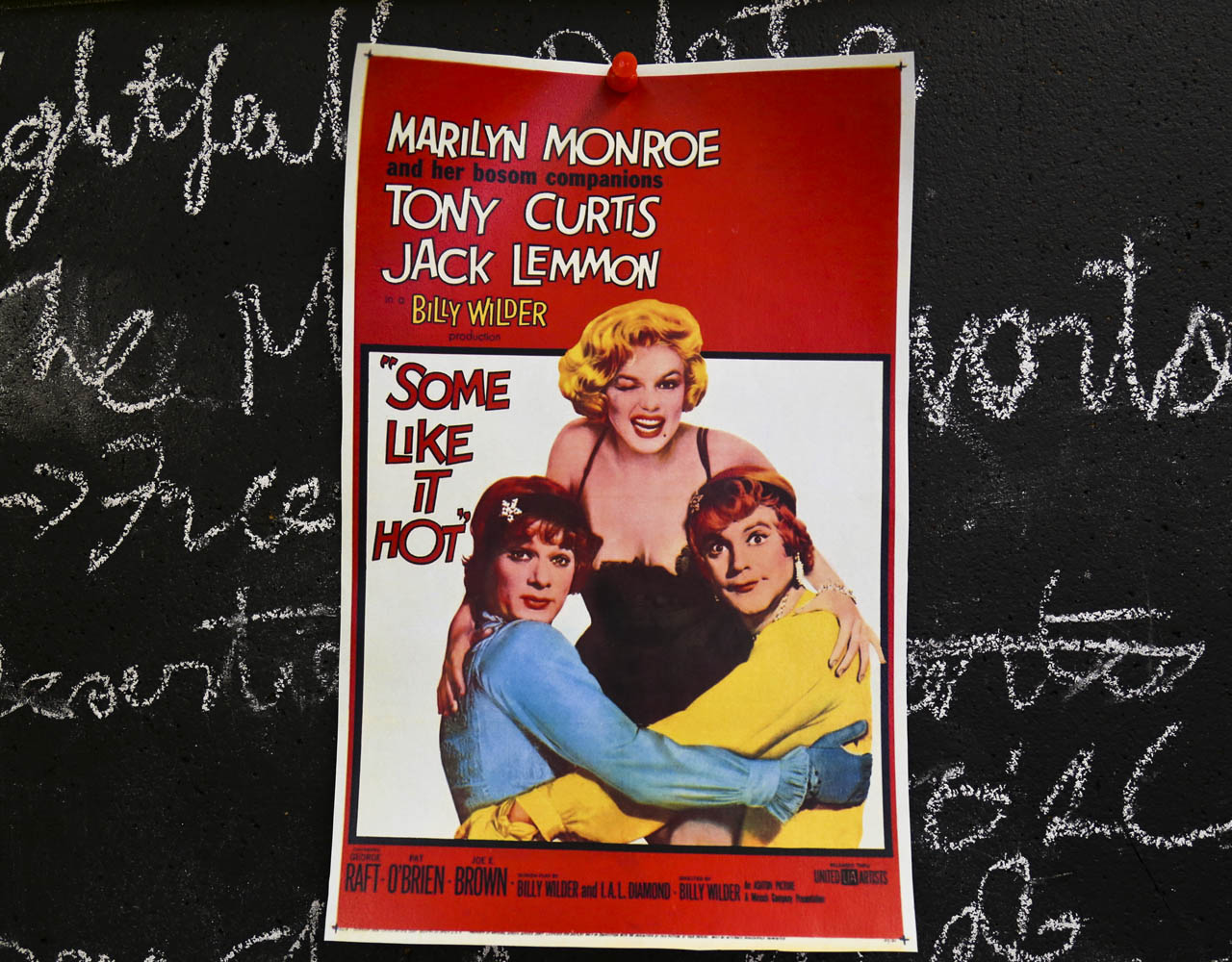I’m a girl. I like flowers, scented candles, and indulging in the occasional shopping trip.
As a child, I was taught that these are normal rituals—ones that are acceptable and occasionally encouraged. I grew up watching famous movie stars like Ginger Rogers being gallantly swooped off the dance floor by an irrevocably charming Fred Astaire, or Marilyn Monroe falling in love with the slick, disguised saxophone player, Tony Curtis, in Some Like It Hot.
These were my heroes, my aspirations. I wanted to boss people around like Marlene Dietrich, and seduce men like Liz Taylor. But, despite these strong emblems of female strength and spirit, one thing remained masked. I was taught to fall in love and have children, but was never taught to embrace my body. I was never encouraged to be intimate and to pursue my own sexual experiences. As women, we are taught to be dainty and modest, and these are attributes that never resonated with me.
The question remains: Why do film and television continuously fail to recognize female sexuality?
As time went on, sexuality became a centralized concept in modern film. From the coming-of-age film Dazed and Confused (1993), to more female targeted films like Clueless (1995), we see a constant theme of right and wrong. The girl who waits is the one you marry, the one who doesn’t is the character who’s neglected on the sidelines.
Men—or to be more specific, teenage boys—in film have always been permitted to act on their every impulse without fear of judgement or shame. In fact, we pat their backs afterwards. We reward them and praise them for their conquests. Why aren’t we acknowledging this gap in our attempts at female equality?
From the theatre to your own beloved couch, film is a portal—one that allows us to feel nostalgia, fear, pain, love and so much more. Throughout history, women have been fighting for their equality and the fight still isn’t over. But, my generation isn’t hurting the same way. We aren’t fighting for the promotion of equal female contracts and property rights.
So, what can we do to keep this legacy alive? Film is one step. Although it seems trivial, television and film, as a part of communication, are a foundation for any societal shift.
Too often, I find myself adhering to the misogynistic views that have conditioned me. I call myself a feminist, but why am I still aiming to attain the norms and expectations that have been generated for the sexes?
As children, we are told that blue is for boys and pink is for girls. But why? These concepts of femininity and masculinity are fabricated. For years, boy toys embodied bravery, superheroes saving the day; whereas girl toys sold beauty and princesses. Only now are we seeing an amalgamation of both genders in the toy industry—but still, places like McDonald’s have segregated sections that distinctively show the sexism promoted to youth.
All I know is that I want to be able to relate to the girls that I see in films. I want to be able to experience life without fear of being labelled or categorized. I think it’s time that we bury our safe traditions. Safety is a means of restriction, and in this case, one that withholds a long sociological discourse that deems female sexuality unacceptable. I’m not the good girl and I’m certainly not the slut—I’m me. We come in various shapes and sizes, we possess a diverse selection of race, sexual orientation and religion. We are women, and we should be visible.
Photo by Jasmine Foong






